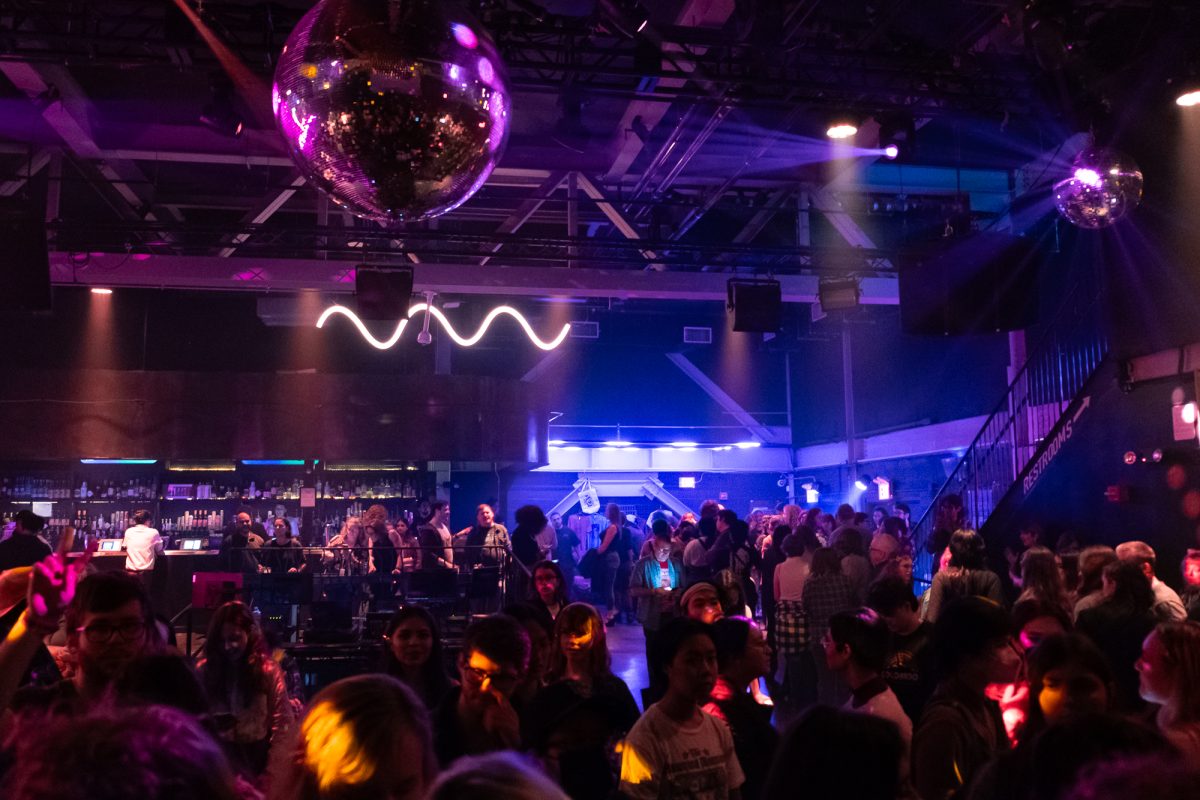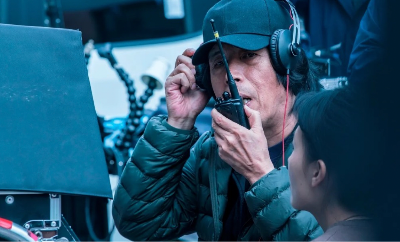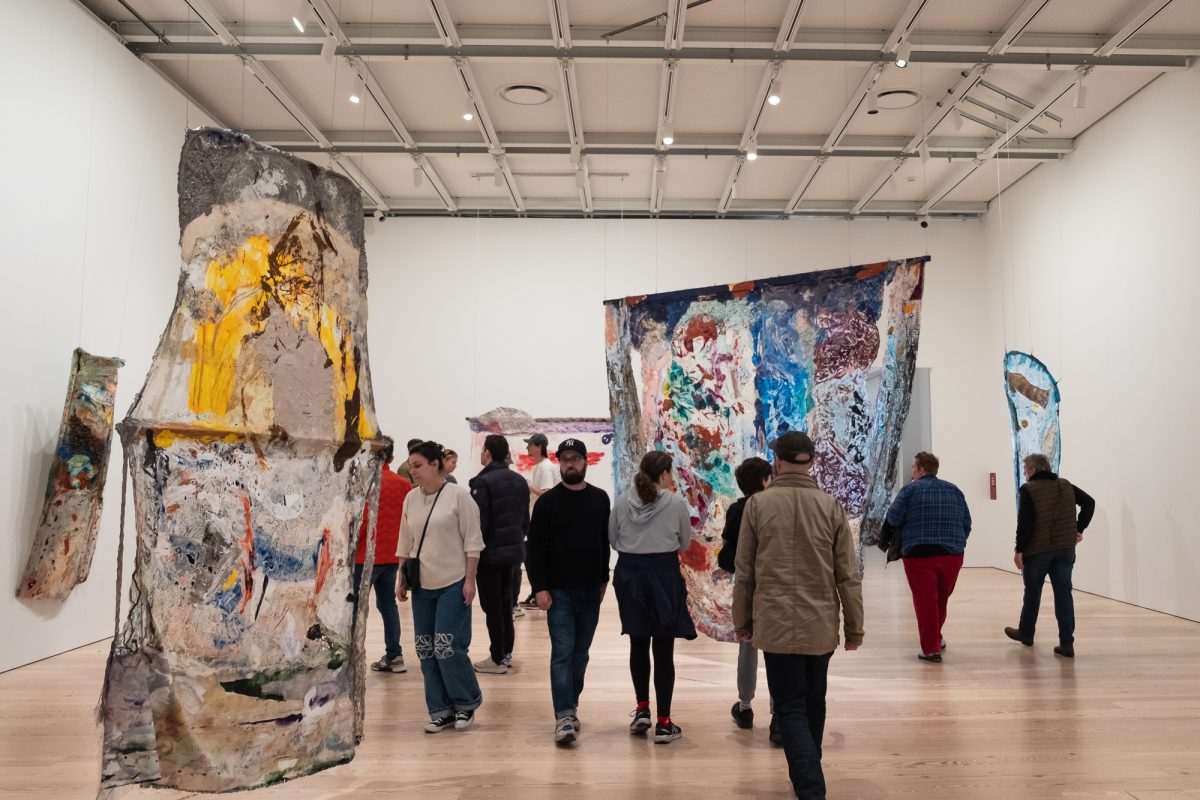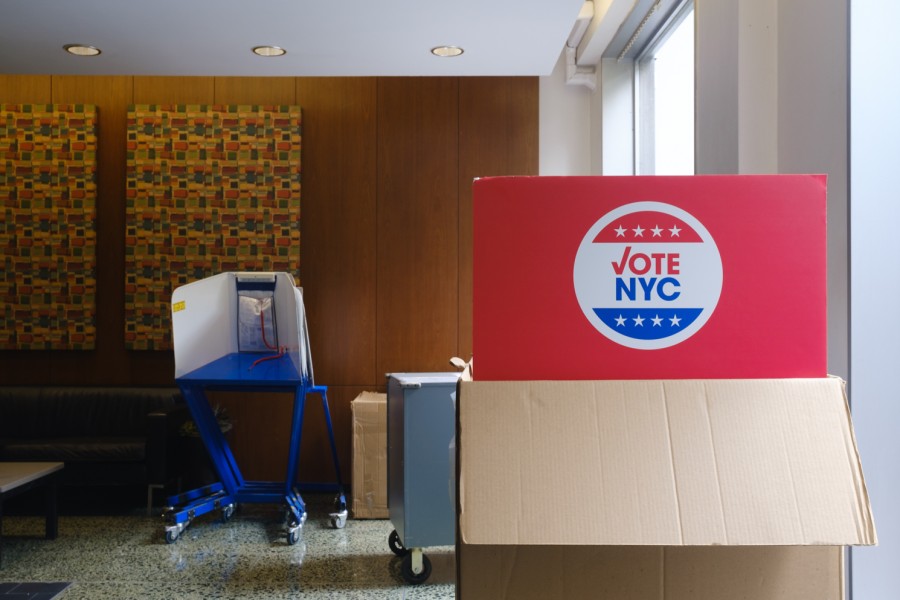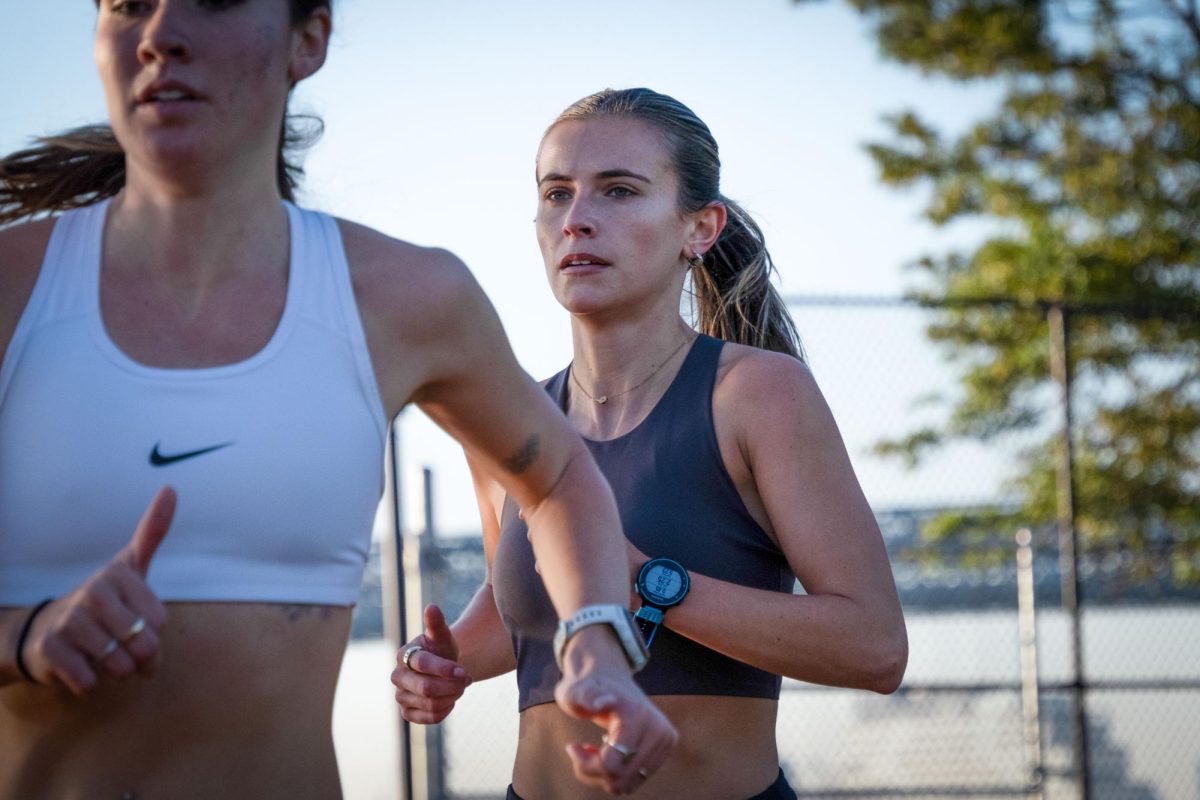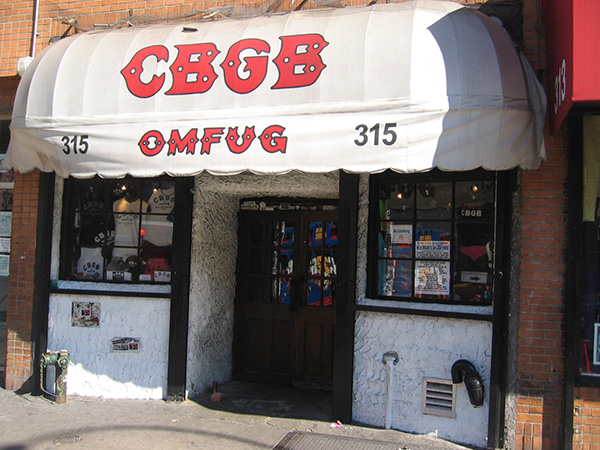
NYU’s Fales Library is in the process of restoring the Pat Ivers and Emily Armstrong Go Nightclubbing Archive, located in the Downtown Collection, by the end of the year. There will be a viewing of the footage in spring 2014.
This archive contains punk rock footage from CBGB and other New York punk venues at the beginning of the punk rock movement in the 1970s.
CBGB — originally Country, BlueGrass and Blues — was a music club that opened in 1973 and was founded by Hilly Kristal. The club aimed to promote the music of its namesake, but it actually became one of the most important venues for the punk rock movement.
Marvin Taylor, director of Fales Library and Special Collections, said that acquiring the Go Nightclubbing archive was an important step in documenting the punk era in New York, as well as the downtown art scene as a whole.
“[CBGB] became the place where bands that came to be called ‘punk’ played,” Taylor said. “You cannot understand … punk’s role in art, music, and popular culture without confronting what happened at [CBGB].”
Professor Stephen Duncombe, who teaches classes on the history of mass and alternative media in Gallatin School of Individualized Study, echoed the significance of the CBGB footage.
“Punk rock prided itself on erasing lines between spectator and performer,” Duncombe said. “To be able to see all the elements firsthand is invaluable.”
Audience participation was a key part of the performance in the punk rock movement, which is another reason why the Go Nightclubbing footage is such a valuable addition to the Downtown Collection.
The Downtown Collection originated in 1993 and focuses on the culture of SoHo and the Lower East Side from the 1970s to the 1990s, using a documentary strategy to assemble all the aspects of the changing artistic practices of the times. Taylor has been an important figure in collecting all the materials for the Downtown Collection, especially the Go Nightclubbing footage.
The Downtown Collection is an important archive to have because of the implications that the time period has even today.
“In the mid 1970s, the creation of two important generative music styles happened within 10 miles of each other,” Duncombe said. “There was hip-hop in the Bronx and punk rock downtown. Most popular music [today] is a derivative of one of these two forms.”
Professor Vivien Goldman of the Clive Davis Institute of Recorded Music also describes CBGB as a valuable location in the history of music.
“More music that stands the test of time came out of that dump [CBGB] than from far fancier nightclubs,” Goldman said.
That NYU now has some of the best footage from the invaluable CBGB is something that is well celebrated. Katie Fustich, an LSP sophomore, said she is excited about the addition to the Downtown Collection, even though she plans on studying animation and studio art.
“I would definitely try to see the footage if at all possible. It’s so cool to see little clips and read little stories about places like CBGB and try and piece together an essence or mental image of its heyday,” Fustich said. “And for someone who wasn’t alive during that time but really identifies with what it stands for, it would be awesome to add another piece to that mental puzzle.”
A version of this article appeared in the Tuesday, Oct. 22 print edition. Ann Schmidt is a staff writer. Email her at [email protected].


































